NERVOUS SYSTEM Konopelko Irina The nervous



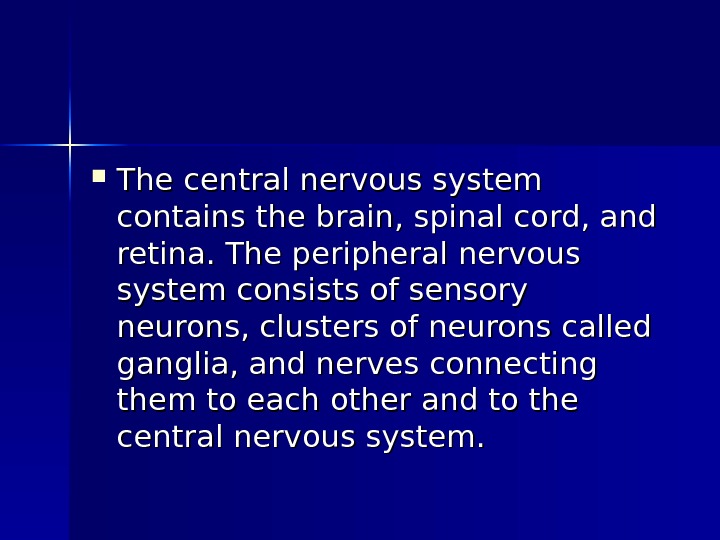


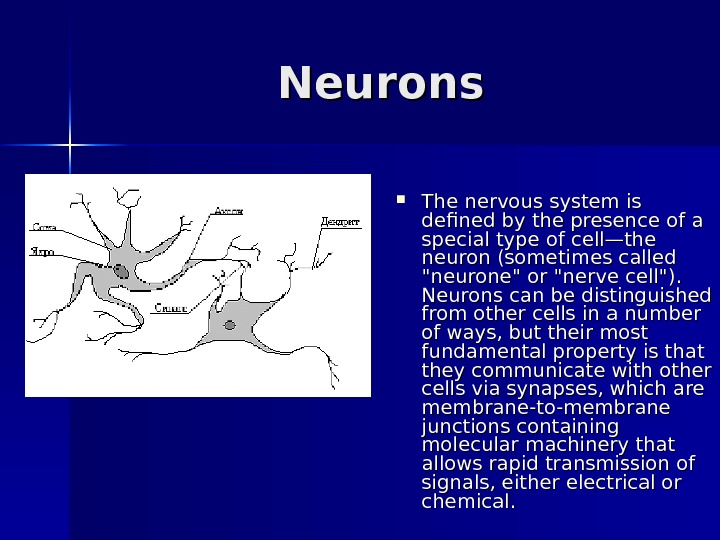
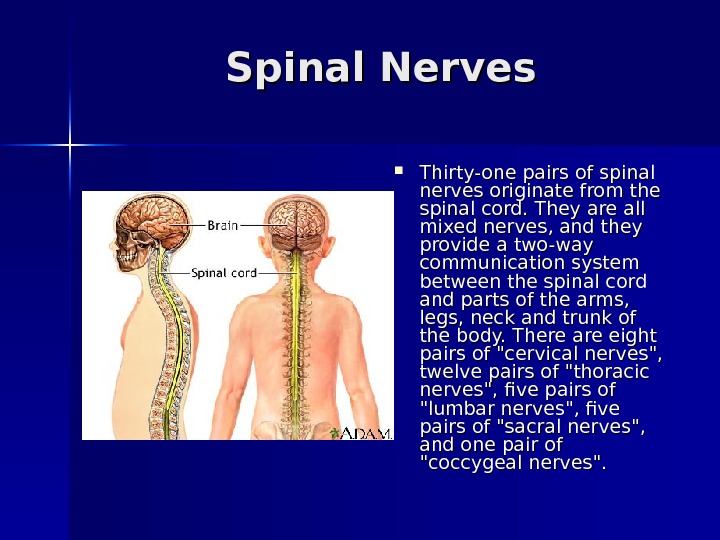
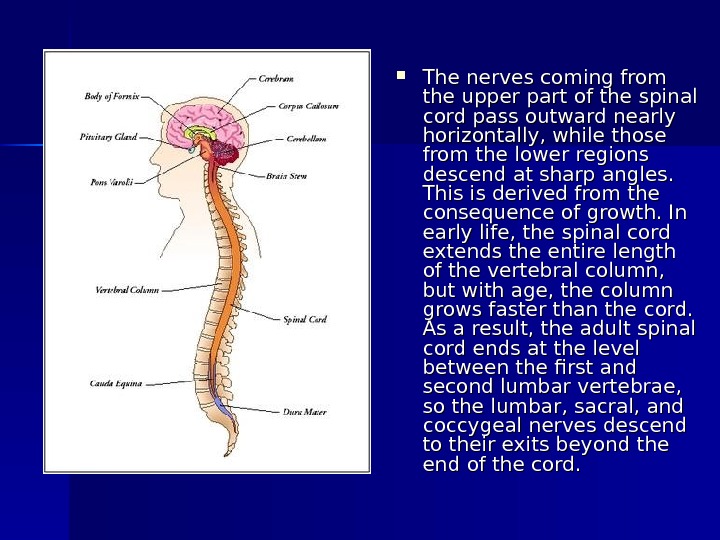
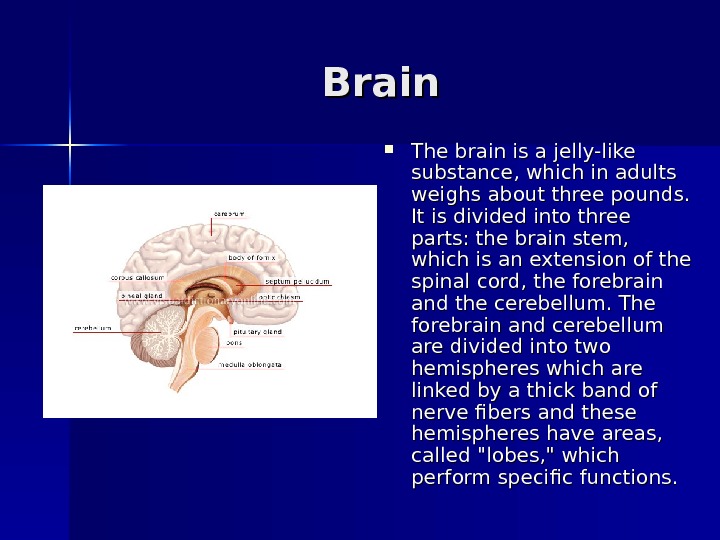

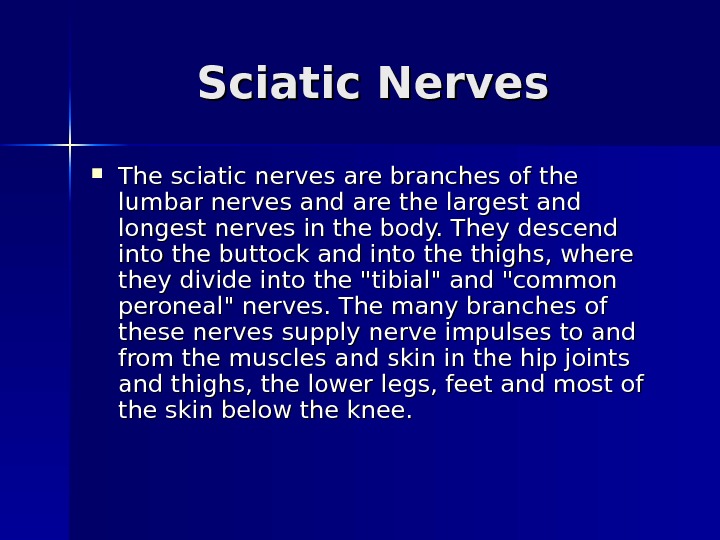


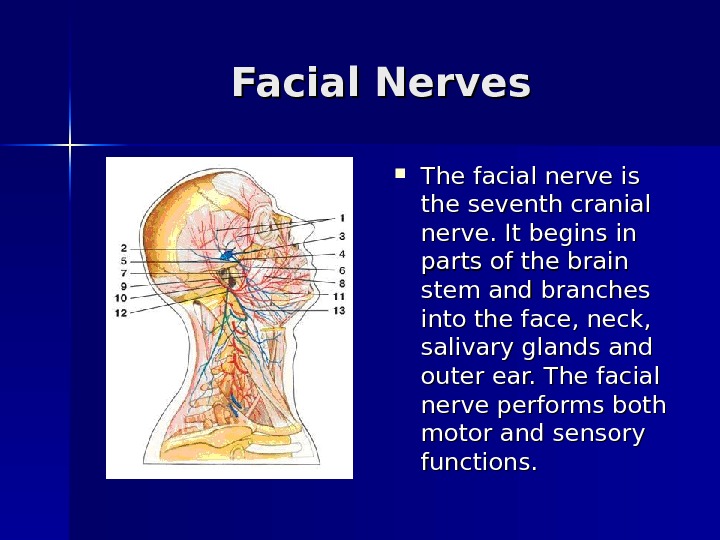
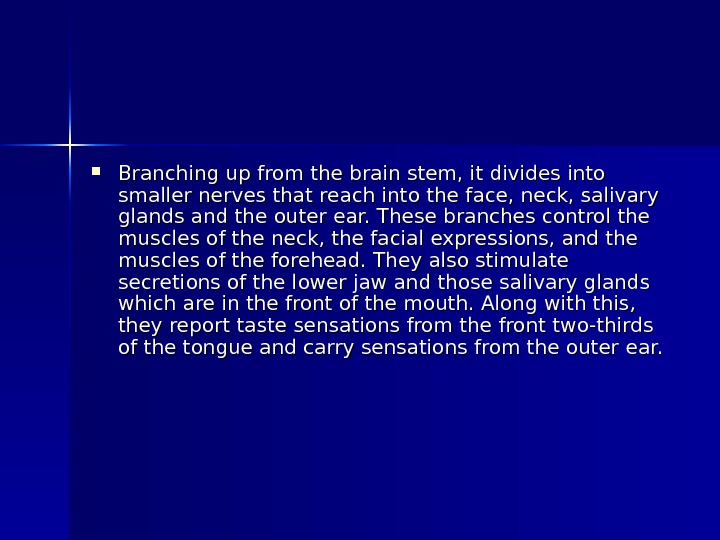





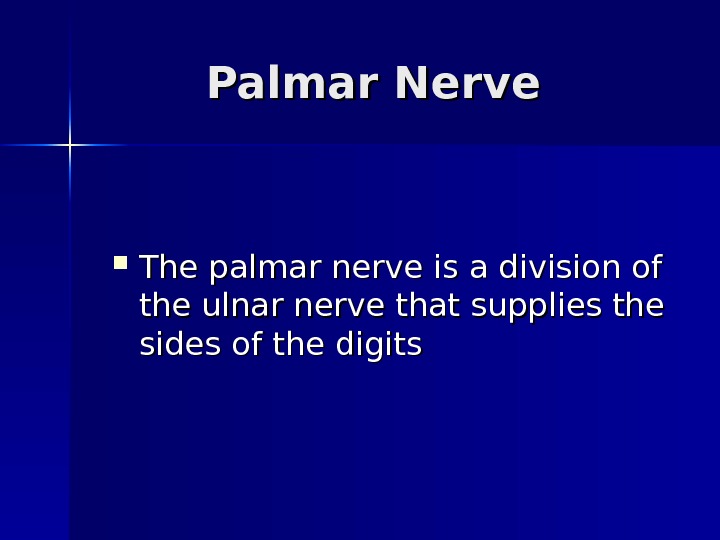
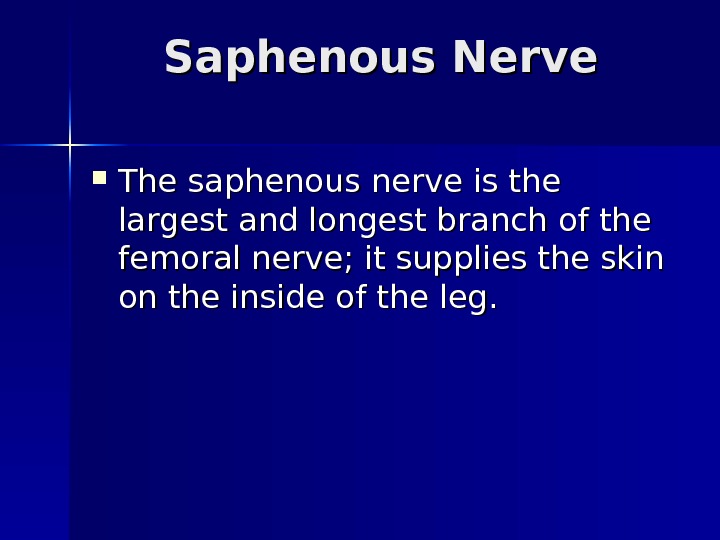
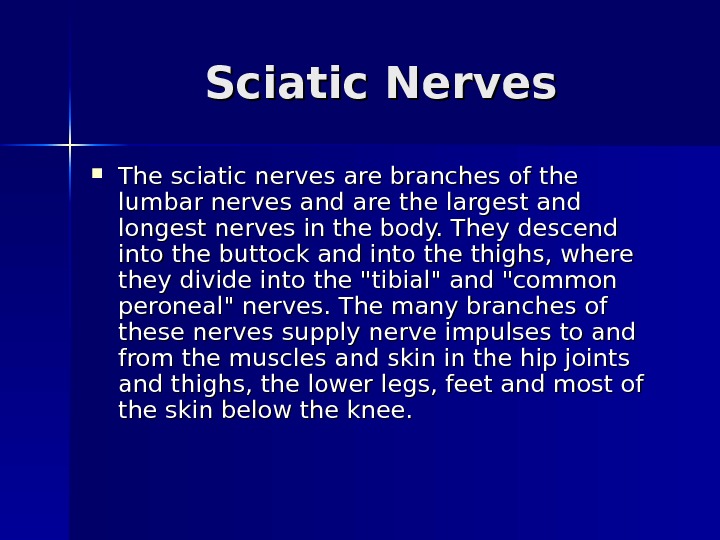
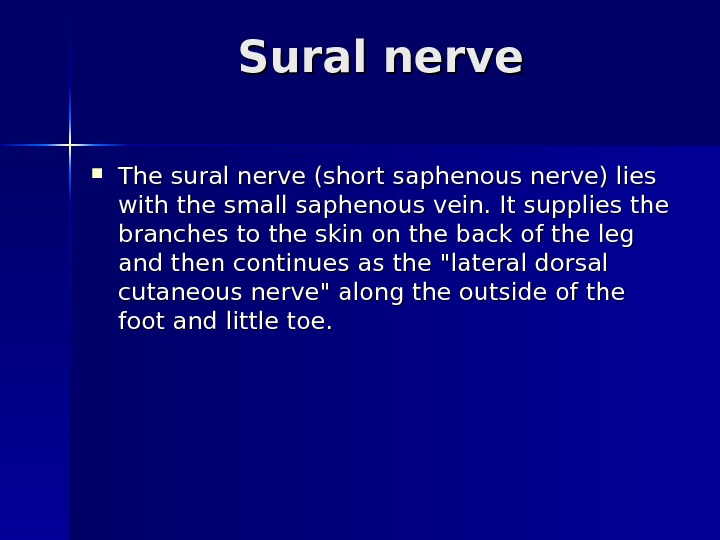
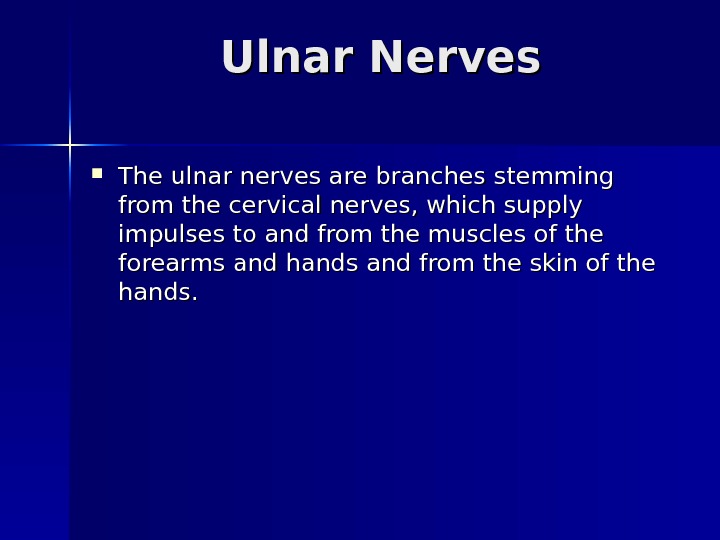



- Размер: 690 Кб
- Количество слайдов: 28
Описание презентации NERVOUS SYSTEM Konopelko Irina The nervous по слайдам
 NERVOUS SYSTEM Konopelko Irina
NERVOUS SYSTEM Konopelko Irina
 The nervous system is an organ system containing a network of specialized cells called neurons that coordinate the actions of an animal and transmit signals between different parts of its body. In most animals the nervous system consists of two parts, central and peripheral.
The nervous system is an organ system containing a network of specialized cells called neurons that coordinate the actions of an animal and transmit signals between different parts of its body. In most animals the nervous system consists of two parts, central and peripheral.
 The central nervous system contains the brain, spinal cord, and retina. The peripheral nervous system consists of sensory neurons, clusters of neurons called ganglia, and nerves connecting them to each other and to the central nervous system.
The central nervous system contains the brain, spinal cord, and retina. The peripheral nervous system consists of sensory neurons, clusters of neurons called ganglia, and nerves connecting them to each other and to the central nervous system.
 Structure The nervous system derives its name from nerves, which are cylindrical bundles of tissue that emanate from the brain and spinal cord and branch repeatedly to innervate every part of the body.
Structure The nervous system derives its name from nerves, which are cylindrical bundles of tissue that emanate from the brain and spinal cord and branch repeatedly to innervate every part of the body.
 Cells The nervous system is primarily made up of two categories of cells: neurons and glial cells.
Cells The nervous system is primarily made up of two categories of cells: neurons and glial cells.
 Neurons The nervous system is defined by the presence of a special type of cell—the neuron (sometimes called «neurone» or «nerve cell»). Neurons can be distinguished from other cells in a number of ways, but their most fundamental property is that they communicate with other cells via synapses, which are membrane-to-membrane junctions containing molecular machinery that allows rapid transmission of signals, either electrical or chemical. .
Neurons The nervous system is defined by the presence of a special type of cell—the neuron (sometimes called «neurone» or «nerve cell»). Neurons can be distinguished from other cells in a number of ways, but their most fundamental property is that they communicate with other cells via synapses, which are membrane-to-membrane junctions containing molecular machinery that allows rapid transmission of signals, either electrical or chemical. .
 Spinal Nerves Thirty-one pairs of spinal nerves originate from the spinal cord. They are all mixed nerves, and they provide a two-way communication system between the spinal cord and parts of the arms, legs, neck and trunk of the body. There are eight pairs of «cervical nerves», twelve pairs of «thoracic nerves», five pairs of «lumbar nerves», five pairs of «sacral nerves», and one pair of «coccygeal nerves».
Spinal Nerves Thirty-one pairs of spinal nerves originate from the spinal cord. They are all mixed nerves, and they provide a two-way communication system between the spinal cord and parts of the arms, legs, neck and trunk of the body. There are eight pairs of «cervical nerves», twelve pairs of «thoracic nerves», five pairs of «lumbar nerves», five pairs of «sacral nerves», and one pair of «coccygeal nerves».
 The nerves coming from the upper part of the spinal cord pass outward nearly horizontally, while those from the lower regions descend at sharp angles. This is derived from the consequence of growth. In early life, the spinal cord extends the entire length of the vertebral column, but with age, the column grows faster than the cord. As a result, the adult spinal cord ends at the level between the first and second lumbar vertebrae, so the lumbar, sacral, and coccygeal nerves descend to their exits beyond the end of the cord.
The nerves coming from the upper part of the spinal cord pass outward nearly horizontally, while those from the lower regions descend at sharp angles. This is derived from the consequence of growth. In early life, the spinal cord extends the entire length of the vertebral column, but with age, the column grows faster than the cord. As a result, the adult spinal cord ends at the level between the first and second lumbar vertebrae, so the lumbar, sacral, and coccygeal nerves descend to their exits beyond the end of the cord.
 Brain The brain is a jelly-like substance, which in adults weighs about three pounds. It is divided into three parts: the brain stem, which is an extension of the spinal cord, the forebrain and the cerebellum. The forebrain and cerebellum are divided into two hemispheres which are linked by a thick band of nerve fibers and these hemispheres have areas, called «lobes, » which perform specific functions.
Brain The brain is a jelly-like substance, which in adults weighs about three pounds. It is divided into three parts: the brain stem, which is an extension of the spinal cord, the forebrain and the cerebellum. The forebrain and cerebellum are divided into two hemispheres which are linked by a thick band of nerve fibers and these hemispheres have areas, called «lobes, » which perform specific functions.
 The brain, like the heart, is protected by a buffer zone. This, in the form of fluid, may be the source of «water on the brain, » but it is very necessary to our survival.
The brain, like the heart, is protected by a buffer zone. This, in the form of fluid, may be the source of «water on the brain, » but it is very necessary to our survival.
 Sciatic Nerves The sciatic nerves are branches of the lumbar nerves and are the largest and longest nerves in the body. They descend into the buttock and into the thighs, where they divide into the «tibial» and «common peroneal» nerves. The many branches of these nerves supply nerve impulses to and from the muscles and skin in the hip joints and thighs, the lower legs, feet and most of the skin below the knee.
Sciatic Nerves The sciatic nerves are branches of the lumbar nerves and are the largest and longest nerves in the body. They descend into the buttock and into the thighs, where they divide into the «tibial» and «common peroneal» nerves. The many branches of these nerves supply nerve impulses to and from the muscles and skin in the hip joints and thighs, the lower legs, feet and most of the skin below the knee.
 Common Plantar Digital Nerve The three common digital nerves, stemming from the medial plantar nerve, pass between the divisions of the plantar aponeurosis; each splits into the two «proper digital nerves. «
Common Plantar Digital Nerve The three common digital nerves, stemming from the medial plantar nerve, pass between the divisions of the plantar aponeurosis; each splits into the two «proper digital nerves. «
 The Eye The eyes are the two organs of sight. They are located in the front upper part of the skull and consist of structures that focus an image onto the retina at the back of the eye which is a network of nerves that convert this image into electrical impulses to be recorded in a region of the brain.
The Eye The eyes are the two organs of sight. They are located in the front upper part of the skull and consist of structures that focus an image onto the retina at the back of the eye which is a network of nerves that convert this image into electrical impulses to be recorded in a region of the brain.
 Facial Nerves The facial nerve is the seventh cranial nerve. It begins in parts of the brain stem and branches into the face, neck, salivary glands and outer ear. The facial nerve performs both motor and sensory functions.
Facial Nerves The facial nerve is the seventh cranial nerve. It begins in parts of the brain stem and branches into the face, neck, salivary glands and outer ear. The facial nerve performs both motor and sensory functions.
 Branching up from the brain stem, it divides into smaller nerves that reach into the face, neck, salivary glands and the outer ear. These branches control the muscles of the neck, the facial expressions, and the muscles of the forehead. They also stimulate secretions of the lower jaw and those salivary glands which are in the front of the mouth. Along with this, they report taste sensations from the front two-thirds of the tongue and carry sensations from the outer ear.
Branching up from the brain stem, it divides into smaller nerves that reach into the face, neck, salivary glands and the outer ear. These branches control the muscles of the neck, the facial expressions, and the muscles of the forehead. They also stimulate secretions of the lower jaw and those salivary glands which are in the front of the mouth. Along with this, they report taste sensations from the front two-thirds of the tongue and carry sensations from the outer ear.
 Femoral Nerves Femoral nerves are branches which stem from the lumbar nerves and divide into many smaller branches to supply motor impulses to the muscles of the thighs and legs; they receive sensory impulses from the skin of the thighs and the lower legs.
Femoral Nerves Femoral nerves are branches which stem from the lumbar nerves and divide into many smaller branches to supply motor impulses to the muscles of the thighs and legs; they receive sensory impulses from the skin of the thighs and the lower legs.
 Hair Follicles A hair is composed of dead epidermal cells. A bundle of smooth muscle cells, forming the «arrector pili muscle, » is attached to each hair follicle. This muscle is positioned so that the hair within the follicle stands on end when the muscle contracts. If a person is emotionally upset or very cold, nerve impulses may stimulate the arrector pili muscles to contract, causing gooseflesh or «goose bumps. » Each hair follicle also has one or more sebaceous glands associated with it.
Hair Follicles A hair is composed of dead epidermal cells. A bundle of smooth muscle cells, forming the «arrector pili muscle, » is attached to each hair follicle. This muscle is positioned so that the hair within the follicle stands on end when the muscle contracts. If a person is emotionally upset or very cold, nerve impulses may stimulate the arrector pili muscles to contract, causing gooseflesh or «goose bumps. » Each hair follicle also has one or more sebaceous glands associated with it.
 Lateral Plantar Nerve The lateral plantar nerve supplies the skin of the fifth and lateral half of the fourth toes, as well as most of the deep muscles of the foot; its distribution can be compared to the ulnar nerve in the hand. It passes along the outside of the foot, dividing into a superficial and a deep branch.
Lateral Plantar Nerve The lateral plantar nerve supplies the skin of the fifth and lateral half of the fourth toes, as well as most of the deep muscles of the foot; its distribution can be compared to the ulnar nerve in the hand. It passes along the outside of the foot, dividing into a superficial and a deep branch.
 Medial Nerves Medial nerves are branches which stem from the cervical nerves, which supply impulses to the muscles of the forearms, and to the muscles and skin of the hands.
Medial Nerves Medial nerves are branches which stem from the cervical nerves, which supply impulses to the muscles of the forearms, and to the muscles and skin of the hands.
 Medial Plantar Nerve The medial plantar nerve, the larger of the two terminal branches of the tibial nerve (which stem from the sciatic nerve), accompanies the medial plantar artery. From its origin under the «flexor retinaculum» it passes deep into the muscles of the toes, and becomes the «proper plantar digital nerve» to the great toe. It finally divides opposite the bases of the toes into the three «common digital nerves. «
Medial Plantar Nerve The medial plantar nerve, the larger of the two terminal branches of the tibial nerve (which stem from the sciatic nerve), accompanies the medial plantar artery. From its origin under the «flexor retinaculum» it passes deep into the muscles of the toes, and becomes the «proper plantar digital nerve» to the great toe. It finally divides opposite the bases of the toes into the three «common digital nerves. «
 Palmar Nerve The palmar nerve is a division of the ulnar nerve that supplies the sides of the digits
Palmar Nerve The palmar nerve is a division of the ulnar nerve that supplies the sides of the digits
 Saphenous Nerve The saphenous nerve is the largest and longest branch of the femoral nerve; it supplies the skin on the inside of the leg.
Saphenous Nerve The saphenous nerve is the largest and longest branch of the femoral nerve; it supplies the skin on the inside of the leg.
 Sciatic Nerves The sciatic nerves are branches of the lumbar nerves and are the largest and longest nerves in the body. They descend into the buttock and into the thighs, where they divide into the «tibial» and «common peroneal» nerves. The many branches of these nerves supply nerve impulses to and from the muscles and skin in the hip joints and thighs, the lower legs, feet and most of the skin below the knee.
Sciatic Nerves The sciatic nerves are branches of the lumbar nerves and are the largest and longest nerves in the body. They descend into the buttock and into the thighs, where they divide into the «tibial» and «common peroneal» nerves. The many branches of these nerves supply nerve impulses to and from the muscles and skin in the hip joints and thighs, the lower legs, feet and most of the skin below the knee.
 Sural nerve The sural nerve (short saphenous nerve) lies with the small saphenous vein. It supplies the branches to the skin on the back of the leg and then continues as the «lateral dorsal cutaneous nerve» along the outside of the foot and little toe.
Sural nerve The sural nerve (short saphenous nerve) lies with the small saphenous vein. It supplies the branches to the skin on the back of the leg and then continues as the «lateral dorsal cutaneous nerve» along the outside of the foot and little toe.
 Ulnar Nerves The ulnar nerves are branches stemming from the cervical nerves, which supply impulses to and from the muscles of the forearms and hands and from the skin of the hands.
Ulnar Nerves The ulnar nerves are branches stemming from the cervical nerves, which supply impulses to and from the muscles of the forearms and hands and from the skin of the hands.
 Examples of nn eurological disorders Stuttering Tics
Examples of nn eurological disorders Stuttering Tics
 Stuttering also known as stammering, is a speech disorder in which the flow of speech is disrupted by involuntary repetitions and prolongations of sounds, syllables, words or phrases, and involuntary silent pauses or blocks in which the stuttered is unable to produce sounds. The exact etiology of stuttering is unknown, both genetics and neurophysiology are thought to contribute. There are many treatments and speech therapy techniques available that may help increase fluency in some stutterers to the point where an untrained ear can not identify a problem; however, there is essentially no «cure» for the disorder at present.
Stuttering also known as stammering, is a speech disorder in which the flow of speech is disrupted by involuntary repetitions and prolongations of sounds, syllables, words or phrases, and involuntary silent pauses or blocks in which the stuttered is unable to produce sounds. The exact etiology of stuttering is unknown, both genetics and neurophysiology are thought to contribute. There are many treatments and speech therapy techniques available that may help increase fluency in some stutterers to the point where an untrained ear can not identify a problem; however, there is essentially no «cure» for the disorder at present.
 Tics A tic is a sudden, repetitive, no rhythmic, stereotyped motor movement or vocalization involving discrete muscle groups. Tics can be invisible to the observer, such as abdominal tensing or toe crunching. Common motor and phonic tics are, respectively, eye blinking and throat clearing. Movements of other movement disorders (for example, chorea, dystonia, myoclonus) must be distinguished from tics
Tics A tic is a sudden, repetitive, no rhythmic, stereotyped motor movement or vocalization involving discrete muscle groups. Tics can be invisible to the observer, such as abdominal tensing or toe crunching. Common motor and phonic tics are, respectively, eye blinking and throat clearing. Movements of other movement disorders (for example, chorea, dystonia, myoclonus) must be distinguished from tics

